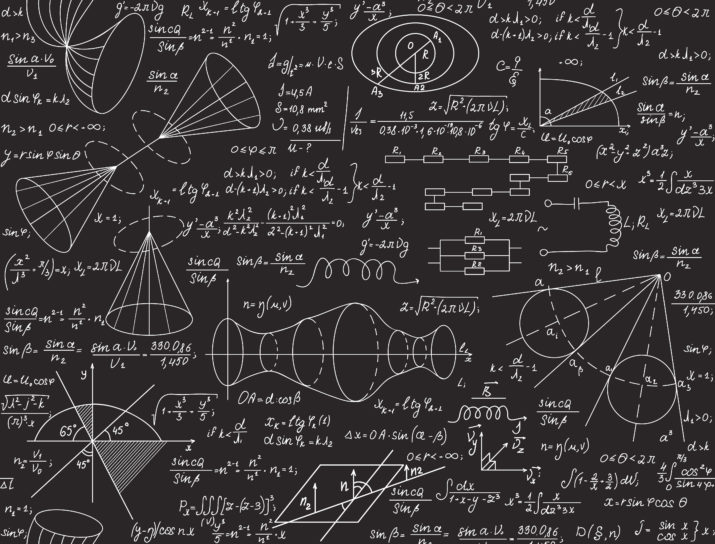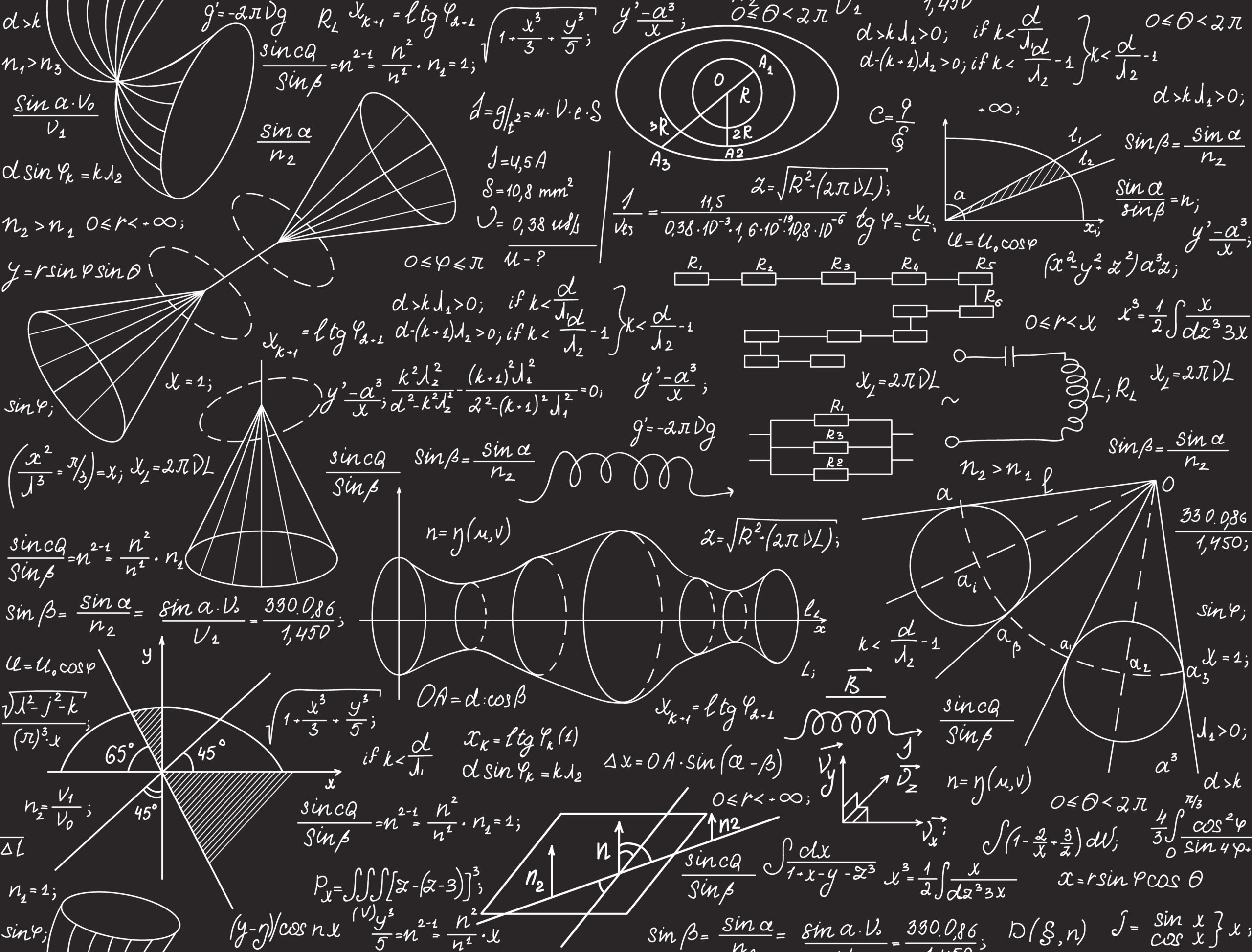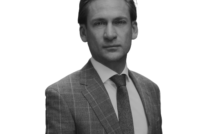
From Engineering Student to Teacher in European Studies: Making the Most of Both Worlds

This is part of our Campus Spotlight on Maastricht University.
I have worked at Maastricht University as a PhD candidate for three years. Looking back at my first days, I remember feeling a mixture of excitement and strangeness when discovering the Faculty. It obviously felt strange being a foreigner, as I had left my home country for the first time and moved to a country I had never visited before. It also felt weird to leave my student life for a paid research position and to be on the other side of the teacher’s desk. But these were not the only reasons. When I started at the Faculty of Arts and Social Sciences, I also discovered a new field called, “European Studies,” which I had never heard of before. Not only were most of the colleagues in my surrounding European Studies scholars, but I was myself a tutor in the Bachelor of the same name—I had better understand quickly what this was all about! Yet, out of these three novelties, European Studies is probably the one that took me the longest to get acquainted with. While I have become fully familiar with my position as an international PhD researcher, I am still figuring out how to combine my own background with European studies theories and methods.
Perhaps not surprisingly, I had experienced this outsider status before then. A couple of years before, I was enrolled in a French engineering school specialized in statistics and economics with the aim to acquire a strong mathematical background for quantitative sociology. While I did study mathematics intensively there, social sciences were only taught succinctly on a sporadic basis. The vast majority of students were not interested in such disciplines anyway, and a substantial share of them did not even consider them to deserve the label of “science.” I can still remember endless discussions at lunch, when I was desperately trying to convince future traders, insurers, and bankers that social and human sciences had their own scientific criteria. And that they should not be dismissed on the sole grounds that they cannot be demonstrated and replicated as a theorem can.
Ironically, a few years later, I was advocating in favor of econometrics and regression models, sitting at similar tables in front of some skeptical anthropology fellow students. I was completing a master’s degree specialized in interdisciplinarity combining sociology, anthropology, and history. Although there was an introduction course to quantitative methods in the curriculum, this was clearly the less popular course as most students were conducting qualitative research for their master theses. As a result, I came to be seen—and to see myself—as an engineer, shortly after filling the opposite role in the context of the engineering school. While it is never comfortable to fall between two chairs, being an outsider also comes with certain advantages. It taught me a lot about interdisciplinarity.
Interdisciplinarity can be described as “a kind of sequential back-and-forth movement from one discipline to the other” (de Greef et al. 2017, 29). For this back-and-forth movement to take place between researchers from different disciplines, it seems to me that there are some basic prerequisites. First, researchers need to be willing to listen and understand each other’s views. Although this may sound naive, mutual understanding across disciplines often requires a shift of perspective that not everyone is willing to make. A great level of dialogue is necessary if one wants to integrate disciplinary insights instead of merely superimposing them.
Second, there needs to be some safe space for the discussion to take place in a constructive atmosphere. In that regard, the minority vs. majority configuration that I often experienced myself is not conducive to dialogue, especially when it is superimposed with power relations between disciplines. While I was feeling part of a numeric and symbolic minority in the engineering school, my anthropology fellow students would reverse that stigma to take quantitative methods off their pedestal. In both cases, people tend to camp on their positions instead of moving out of their comfort zone. By contrast, a balanced representation of all disciplines curbs the propensity of some to expand their hegemony and to put others in a defensive position.
Lastly, and perhaps more importantly, interdisciplinarity requires multidisciplinary knowledge. While this may seem obvious, I have seen in several instances that misconceptions are a major obstacle to an authentic dialogue between disciplines. On the one hand, too many quantitative researchers dismiss qualitative research on the grounds that it lacks external validity and mainly reflects the subjectivity of the researcher. On the other hand, qualitative researchers scoff at statistical models, owing to their puzzling equations and the unrealistic hypotheses on which they rely. These narrow perspectives at least partly derive from a lack of understanding of the methods or disciplines’ rationale, concepts, and assumptions. The fact is that few universities offer proper interdisciplinary programs where students are given a chance to develop expertise in more than one discipline. Even when students are trained in various disciplines, they may be expected “to create synergy between the different disciplines themselves” (de Greef et al. 2017, 30, my emphasis). While integrating disciplinary approaches surely requires students’ interest and commitment, it also fundamentally relies on university teachers’ desire and ability to interact and create bridges between disciplines. I remember from my own student experience that I only started to understand how to articulate sociology, history, and anthropology from the moment I had a course jointly designed and presented by researchers from each of these disciplines.
Following this experience, I was therefore looking forward to pursuing my academic career in an interdisciplinary environment. When I applied for PhD positions, the Faculty of Arts and Social Sciences of Maastricht University seemed to be a perfect fit. The faculty promotes interdisciplinarity in research as well as in teaching, as reflected in the curricula of its programs. Among them is the BA in European Studies, which is explicitly oriented towards the integration of insights from various disciplines, from history, political science, and international relations to law, economics, philosophy, and sociology. Considering my dual educational background, I thought I would feel like a duck in water when teaching in such a program. However, this was before I realized that I had never studied Europe as an object of research. Even in terms of methods, I was disoriented when reading certain students’ papers: “process-tracing” or “most similar system designs” were quite far away from what I identified as qualitative methods. I therefore came to understand that far from being universal, my interdisciplinary background was very much marked by the specific training I had received and by the broader field of social sciences in France.
In a way, I have discovered myself to be more disciplinary than I thought. Teaching in the BA in European Studies prompted me to move away from my ethnographical tropism and to think outside the box of the constructivist paradigm. Without disowning my background, working in such an interdisciplinary—and international—environment helped me to adopt a new point of reference and to better contextualize what I had learned. This decentering took several forms. In research, being part of thematic interdisciplinary research groups gave me opportunities to experience and practice interdisciplinarity in a very concrete way. For example, organizing workshops that are relevant for anthropologists, linguists, and political scientists is both a challenging and formative experience: how to find common ground while making room for different approaches to be expressed? There is a difficult balancing act between offering everyone a familiar territory and spurring participants to—at least temporarily—leave this same familiar territory. Although it is not always easy to communicate across disciplines and to combine disciplinary insights, such meetings contribute to making disciplinary boundaries more porous and to change how participants see alternative perspectives.
Teaching also significantly contributed to this decentering process. I had to familiarize myself with various topics and bodies of literature to understand and meet students’ needs. Grading their papers was particularly stressful at first, as the topics covered rarely fell within my area of expertise. Yet, I came to realize that, even in a broad and diverse research community, there is a rather stable definition of what is a good piece of academic writing. In fact, when teaching in an interdisciplinary program, one can expect to be convinced by papers using sometimes radically opposed theoretical and methodological approaches. While I was sometimes dubious when skimming the title page of a student’s paper, my experience so far has been that I usually learn more from these papers than from those on topic that sounds more familiar.
Developing educational material was another step in the process of familiarizing myself with the interdisciplinary environment of the BA in European Studies. When designing assignments or assessments with colleagues from various backgrounds, we had to integrate different teaching approaches and to align our expectations. What do we want students to learn? They should be aware of disciplinary boundaries, but they should also be able to manipulate and cross them in a creative way. Should we then emphasize pure content or analytical skills? While I do not have ready-made answers, designing educational content in such a stimulating teaching environment has definitely helped me to understand what is at stake when seeking interdisciplinary integration in education.
While it took me a while to find my way around, there are some courses in which it was easier to find my bearings. In the Bachelor in European Studies, there are two courses on introduction to quantitative research methods that I both had the opportunity to teach. The first one is a compulsory course at the end of the second year, while the second is an elective course about survey methods in the final year. The content covered is not only in line with my background in statistics, it is also in sync with my PhD project, in which I conduct quantitative research. At first, I was very eager to teach courses I had once taken as a student, and I was hoping to build upon this experience to stimulate students’ interest and understanding.
This turned out to be more challenging than I thought, as the problem-based learning philosophy at Maastricht and its student-centered approach are at odds with what I experienced as a student in the French school system. I can still remember following a course in probability in a full auditorium with a teacher writing down equations on a green board with chalk. The course was going at full tilt and my main concern was to copy it out without mistake. In addition to creating wrist pain, this set-up does not provide an effective learning environment. Students are passive and the fear of asking a stupid question prevents many students from raising their hands. Fortunately, we also had small-scale tutorials to correct exercises together with a tutor. However, overall, this learning approach was marked by a vertical transfer of knowledge from teachers to students. While this may be unavoidable when teaching mathematics, I think there are still possibilities to incorporate components of active learning to improve students’ learning experience.
When teaching quantitative methods in a European Studies program, it seems all the more important to promote students’ active learning. Students are generally not very interested in statistics; they do not always have fond memories of mathematics courses in high school and swear by process tracing and discourse analysis when writing their Bachelor’s theses. Some are also convinced that statistics are too complicated for them. A colleague teaching the same course on introduction to quantitative methods had the clever idea of doing a brief survey among her two groups during the first tutorial. In both, at least half of the students declared that they were “scared”[1] about the course. While the sample size and survey design are surely not adequate for causal inference, this tells something about the expectations—and apprehension—of the students we face when teaching quantitative methods in such a Bachelor’s program.
I have identified two related obstacles when teaching quantitative methods over recent years. First, students sometimes struggle to identify the relevance of the course for the BA in European Studies and for their future working life in general. Some feel they are losing their time learning something they will never use outside the course. This is why I always start the tutorial with some real-life examples. This helps to show that numbers and statistical tools are present in our everyday life, and that data numeracy and literacy are not only important in various jobs, but that they are also crucial to become an informed citizen. Among other examples, I remember discussing the role of figures and polls in the Brexit debate. I showed students a tweet of the pro-Brexit organization Leave.EU, which gave a fallacious interpretation of survey results. When I asked students what questions they should ask themselves before re-tweeting this message, they came up with very relevant remarks. Such short interludes in the course not only arouse students’ interest, but also make them realize that they are more critical than they think.
This leads to the second challenging aspect I have come across: students often think they are not able to understand mathematics and prefer to learn things by heart rather than appropriating the tools and methods presented in the course. Some look at me with shock when I display and discuss the formula of the variance or, worse, when I ask them to calculate the statistic for the Chi-Square test. However, most of them realize that this is not as complicated as they thought once they are done with the exercise. That is why I generally insist on discussing equations or formulas: once students realize that they can understand them, they are less intimidated when they come across some mathematical description in a report or an academic paper. When someone has a question, I also generally ask the group first before giving any answer; in many cases, students understand better tricky concepts or questions when they are reformulated by their peers. Having them reformulate in their own words not only participates on their understanding, but also gives me helpful insights into their learning process.
Overall, it has been a very pleasant experience to teach well-known notions and methods while adapting to a new audience and a different learning environment. My quantitative background was obviously helpful in that regard, but hanging around students who avoid mathematics like the plague also helped me to identify the expectations and needs of my own students. Furthermore, the environment of Maastricht University was very conducive to that process: its student-centered learning philosophy and the opportunity to combine various disciplinary approaches on teaching prompted me to go beyond my own experience and adapt.
As a result, while the transition from an engineer’s diploma to a PhD position in a European Studies program has not always been smooth, I do not think I could have found a better place than Maastricht to explore further interdisciplinary approaches to research and teaching. The Faculty as a whole and the BA program in particular helped me to build many bridges between my previous experiences and my current position; it enabled me to go back-and-forth between familiar and unfamiliar territories.
Marie Labussière is a PhD candidate at Maastricht University working on the ERC-project MiLifeStatus. Her research focuses on the impact of citizenship acquisition on educational outcomes among the children of immigrants in the Netherlands. She holds an engineering degree from the French National School of Statistics and Economic Analysis (ENSAE), and has obtained a Master’s degree in Social Sciences specialized in interdisciplinarity in Paris (École Normale Supérieure / École des Hautes Études en Sciences Sociales).
References:
Greef, Linda de, Ger Post, Christianne Vink, and Lucy Wenting. “Unravelling Interdisciplinary Understanding.” In Designing Interdisciplinary Education, 28–42. A Practical Handbook for University Teachers. Amsterdam University Press, 2017. http://www.jstor.org/stable/j.ctt1sq5t4k.
[1] Possible answers for the survey included “I can’t wait to get started”, “I couldn’t care less”, “I think it will be easy”, “I don’t know what to expect” and “I am scared”. Students were invited to choose the statement that best reflected their feelings and to give a brief explanation.
Photo: Physical vector seamless texture with formulas, calculations, figures, handwritten equations and tasks solutions, chalk writings on grey board effect | Shutterstock
Published on November 10, 2020.




